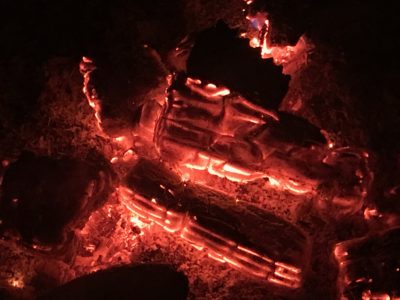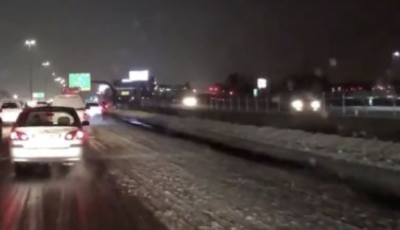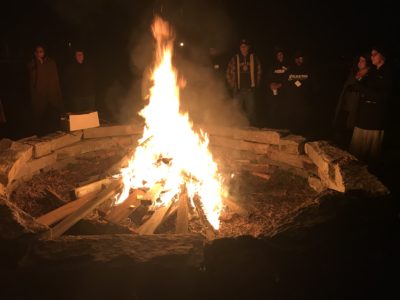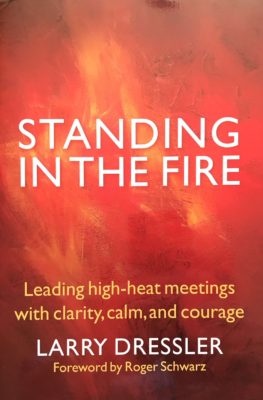
I’ve been sitting by quite a few fires lately. There’s something enchanting to me about fire. Mesmerizing. It’s not really a pyro fascination. Just takes me into a very thoughtful state. Feels…, connecting. The picture above is from a fire a few nights ago that went late into the night. Embers and coals in the back yard chiminea that I have, just right to help with the evening chill.
Last night I sat by a fire earlier in the evening. It was light enough to read. The book in hand was one I’ve read before, yet kept on my shelf. Red: Passion and Patience in the Desert, by a Utah writer and activist, Terry Tempest Williams. Her opening paragraphs from this 2001 book captured me again (just as they had before, which I remembered from my scribbled notes in the margin).
Home Work
It is a simple equation: place + people = politics. In the American West, the simplicity becomes complicated very quickly as abstractions of philosophy and rhetoric turn into ground scrimmages — whether it’s over cows grazing on public lands, water rights, nuclear waste dumps in the desert, the creation of the Grand Staircase-Escalante National Monument, or the designation of wilderness. This territory is not neutral. The redrock desert and canyon country of southern Utah provokes powerful divisive opinions.
How are we to find our way toward conversation?
For me, the answer has always been through story. Story bypasses rhetoric and pierces the heart. Story offers a wash of images and emotion that returns us to our highest and deepest selves, where we can remember what it means to be human, living in place with our neighbors.
Ah…, “How are we to find our way toward conversation?” This gets to the heart of it, doesn’t it. How are we to remain in a kind of connection, even when feelings are hurt and identities are wounded? How are we to continue to turn to one another, rather than away? How are we to find our way?
Your conflicts might be different than mine or than that which Terry Tempest Williams names. The issues and passions may vary. Yet, I’m guessing, that there is common need to find our way to conversation. Story, even smatterings of story, open the doors. With self. With other. To know more of the inner. To know more of the outer.
I’m grateful for people like Terry Tempest Williams, for these thoughtful words, and for the ability to find the simple premise or practice — like finding our way to conversation.
I’m also grateful for fire. In a back yard. On a Sunday evening. Where I live. Slow burning into the night.



